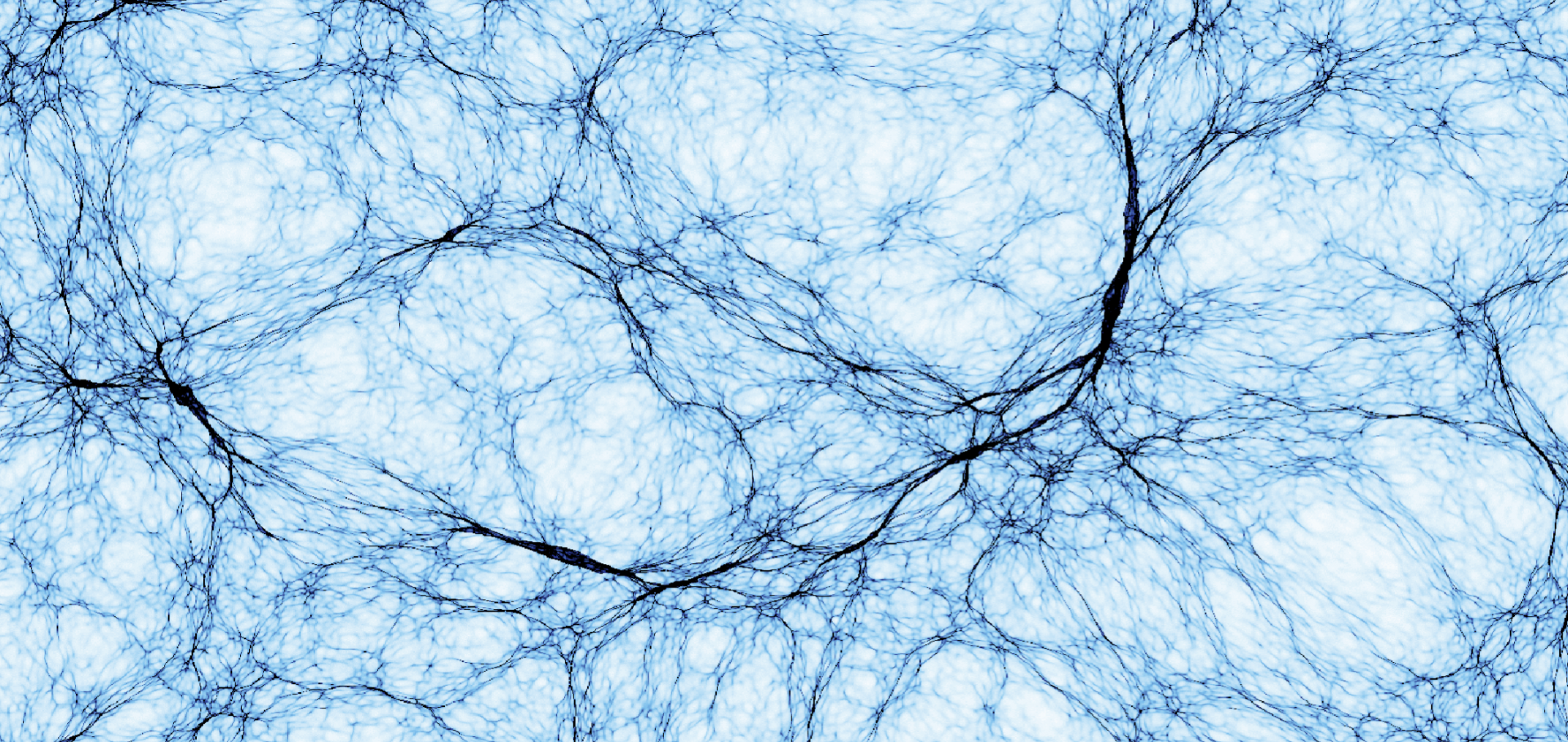Quantitative proton radiography and shadowgraphy for arbitrary intensities
High Energy Density Physics Elsevier 49 (2023) 101067
Efficient micromirror confinement of sub-TeV cosmic rays in galaxy clusters
(2023)
Kinetic stability of Chapman-Enskog plasmas
(2023)


